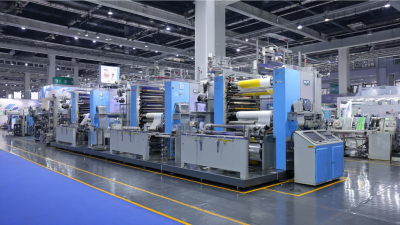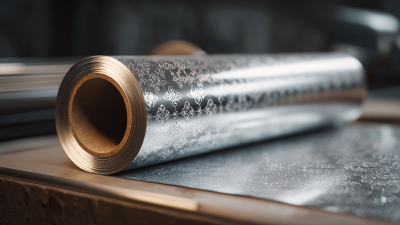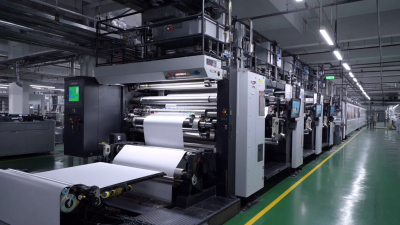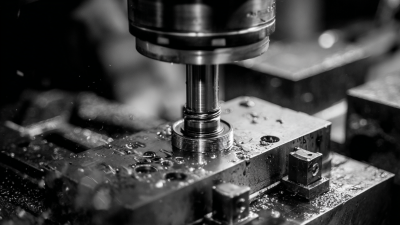Leave Your Message
-
Phone
-
Whatsapp
-
E-mail
The Hot Foil Printing Machine has revolutionized the printing industry, offering unparalleled precision and a rich array of finishing options that elevate printed materials to new heights. According to a recent industry report by Smithers Pira, the global market for foil printing is expected to reach $4.5 billion by 2025, driven by rising demand for high-quality packaging and branding solutions. This growth is attributed to the unique aesthetic value that foil printing adds, such as vibrant metallic finishes and tactile effects, making it an essential technique for businesses seeking to differentiate their products in a competitive market. As we delve into innovative techniques in mastering these sophisticated machines, it becomes evident that understanding the mechanics and capabilities of Hot Foil Printing Machines is crucial for designers and manufacturers alike, who strive to create visually stunning outputs while maximizing operational efficiency.
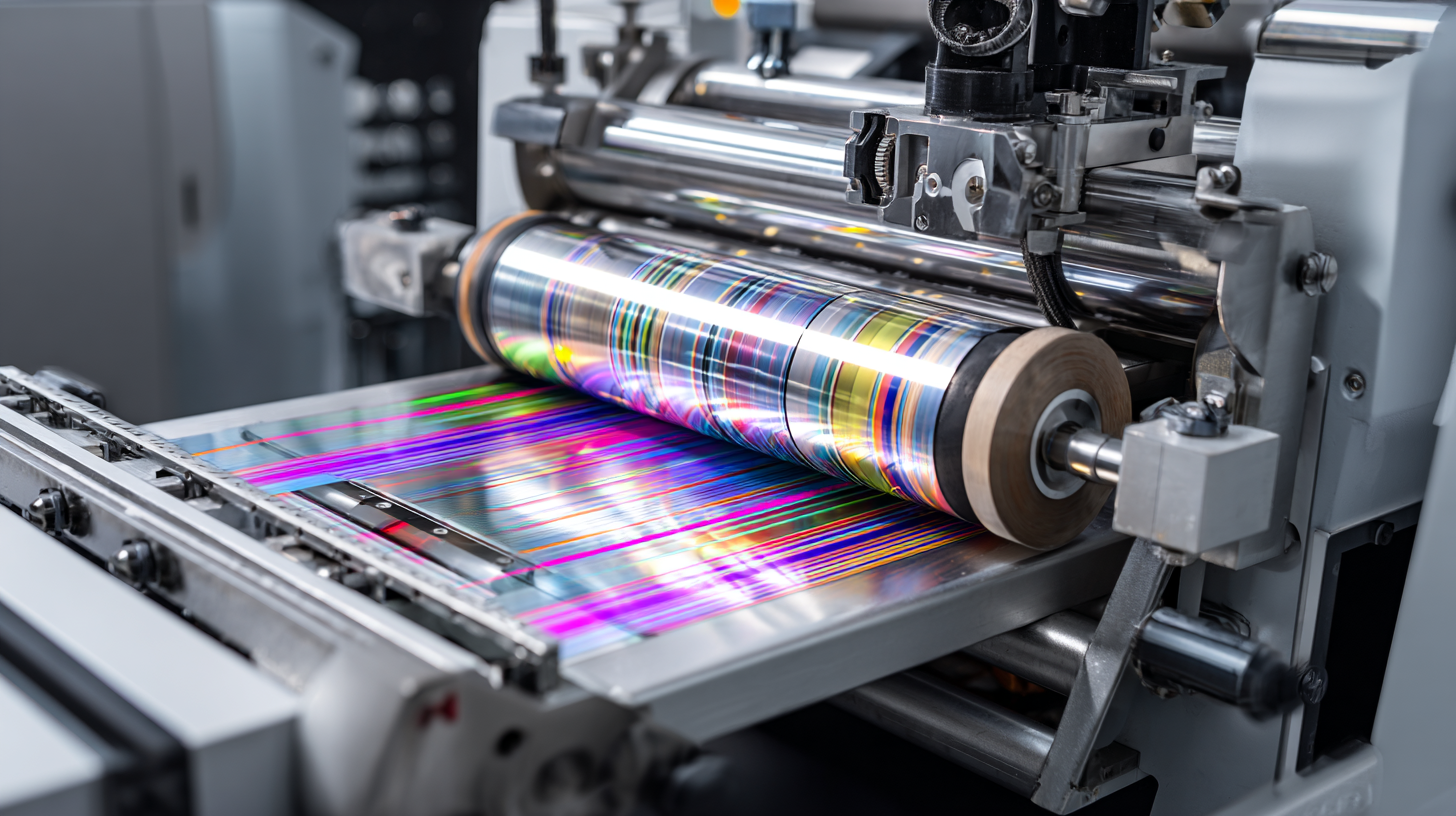
Hot foil printing, an age-old technique, has undergone significant advancements that enhance its application across various industries. This printing method involves applying a metallic or pigment foil to a substrate using heat and pressure, resulting in a striking visual finish. According to the Smithers Pira report, the global market for hot foil printing is projected to reach USD 4.1 billion by 2026, driven by growing demand for high-quality packaging and decorative printing. Understanding the fundamentals of this technology is crucial for operators aiming to utilize it effectively.
The process typically employs a combination of a foil roll, a heated die, and a substrate. Upon application, the heat activates the adhesive backing of the foil, allowing it to transfer onto the chosen surface. The versatility of hot foil printing extends to various materials, including paper, cardboard, and plastic. Recent advancements in machinery have made it more accessible, with automatic presses enhancing efficiency and precision. As reported by the Packaging Institute, nearly 40% of printing operations have integrated hot foil techniques to boost aesthetic appeal and differentiation, underscoring its significance in modern printing applications.
This chart shows a comparison of various hot foil printing techniques based on their popularity and application across different industries. The techniques analyzed include traditional hot foil stamping, digital foiling, and specialty foiling.
Hot foil printing is an innovative technique that can elevate the quality of printed materials, but mastering this process requires the right tools and materials. Essential items include high-quality metallic foils, various types of dies, and reliable heating elements. Understanding the interaction between these components is critical; for instance, the choice of foil can impact the final finish and durability of the print.
In the context of emerging technologies, such as nano-printing machines, the industry is witnessing an influx of advanced methods including heat press and UV-based nano imprinting processes. These newer techniques offer unique advantages, such as improved precision and versatility in applications across electronics and optics. As businesses look to enhance their printing capabilities, incorporating these innovative approaches, along with traditional hot foil printing methods, can provide a competitive edge and allow for greater creativity in design.
Setting up a hot foil printing machine can transform your printing capabilities, allowing for elegant designs and luxurious finishes that can lead to increased demand in the marketplace. According to a recent report from Smithers Pira, the global hot foil stamping market is projected to reach $4.5 billion by 2026, driven by the rising need for customized packaging and printed materials. This growth highlights the importance of mastering the hot foil printing technique to stay ahead in a competitive industry.
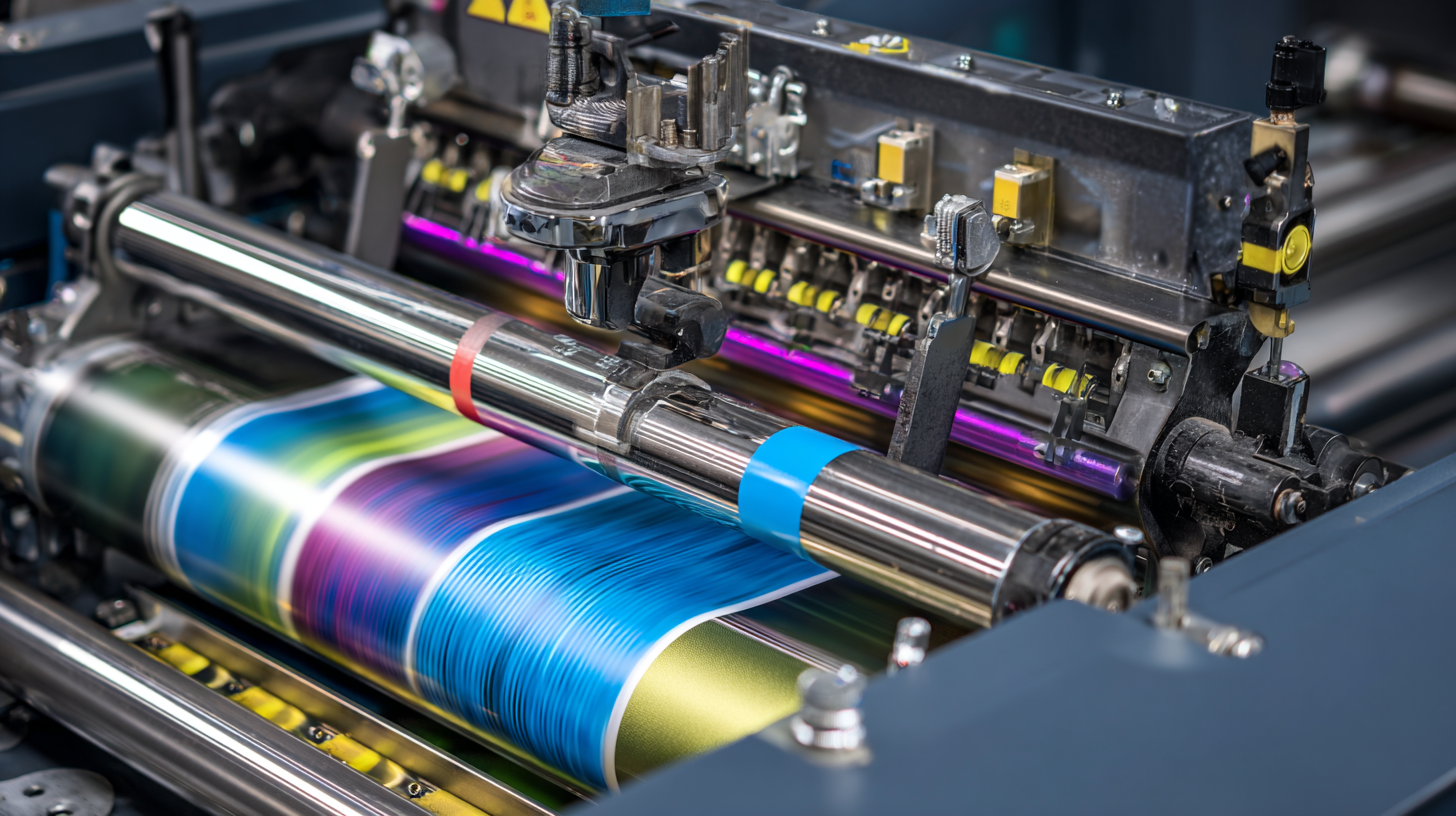
When setting up your hot foil printing machine, ensure that the temperature and pressure are correctly calibrated for your specific materials. A good practice is to start with a lower temperature and gradually increase it until optimal results are achieved, as too much heat can damage the substrate. Tip: Always perform a test run on scrap material before executing your final design to prevent costly errors.
Additionally, the choice of foil is crucial to achieving the desired finish. Various foils are available, each suited for different applications, such as metallic, matte, or glossy finishes. Tip: Keep a swatch book of different foils and substrates to help clients visualize their options during consultations. By understanding the nuances of each component, you can enhance both the quality of your work and customer satisfaction, positioning your business for growth in the evolving print market.
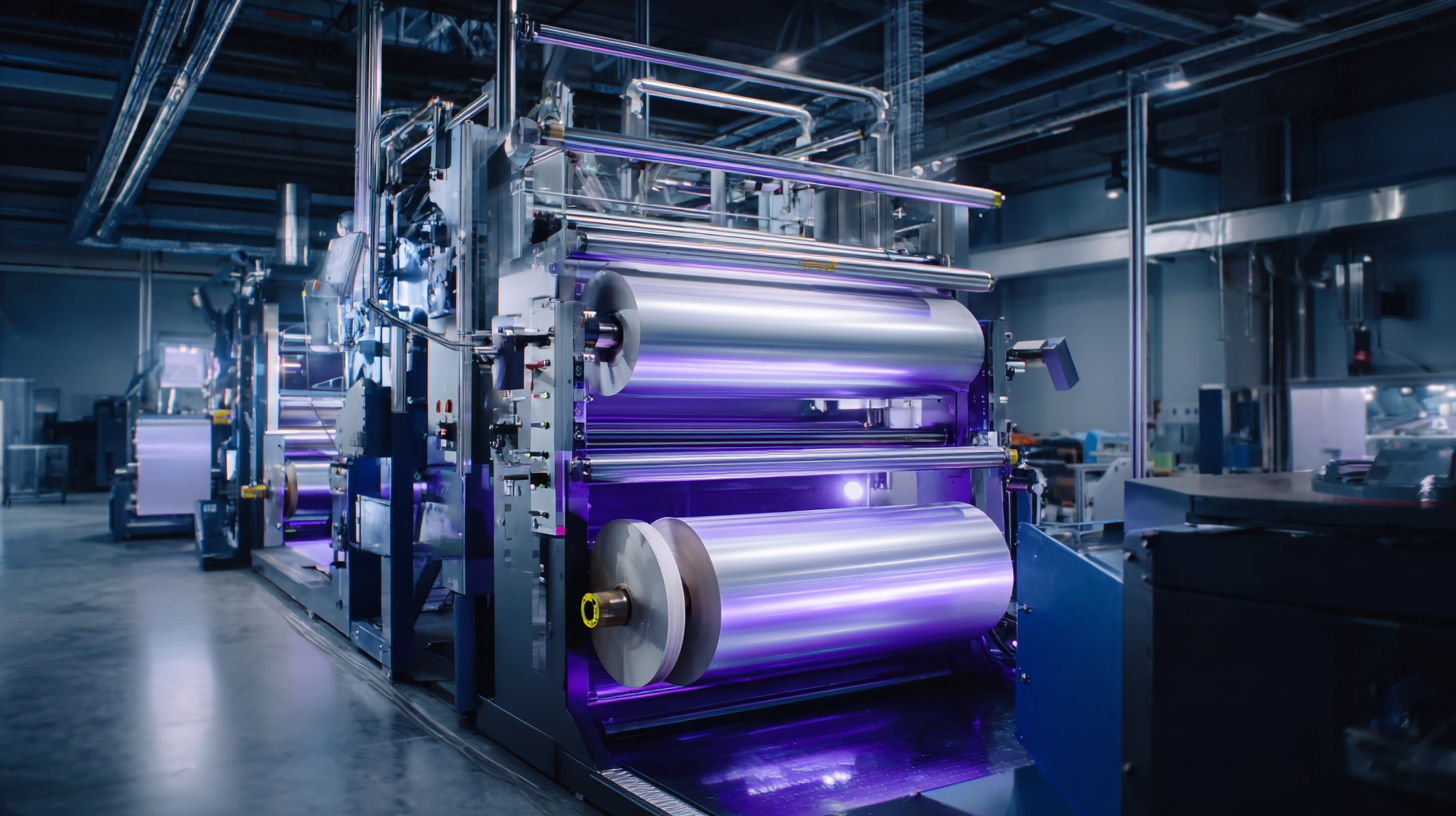 Mastering foil application requires not just artistic vision but also the right techniques and tools. In the realm of hot foil printing, innovation is key to achieving flawless results. By exploring innovative techniques, printers can expand their creativity while ensuring precision in every project. The advancement in technology, much like the recent innovations in hydrofoiling, reflects how integrating modern tools can enhance traditional practices.
Mastering foil application requires not just artistic vision but also the right techniques and tools. In the realm of hot foil printing, innovation is key to achieving flawless results. By exploring innovative techniques, printers can expand their creativity while ensuring precision in every project. The advancement in technology, much like the recent innovations in hydrofoiling, reflects how integrating modern tools can enhance traditional practices.
Tips for perfecting foil application include investing in high-quality foils and properly calibrating your hot foil printing machine. Ensuring that the machine settings align with the foil type can prevent common issues like misalignment or insufficient adhesion. Additionally, experimenting with different temperatures and pressures can help find the sweet spot for each specific foil material.
Another strategy is to maintain a clean and well-maintained printing surface. Regularly cleaning your machine not only prolongs its lifespan but also improves the quality of the foiling results. By taking these innovative approaches, you can enhance your mastery of foil application, transforming your creative ideas into stunning realities.
Hot foil printing has gained significant traction in the competitive landscape of branding and product packaging. However, mastering this technique can come with its own set of challenges. Common issues include inconsistent foil adherence, misalignment, and difficulty in achieving the desired finish. These problems can lead to wasted materials and increased production times, ultimately affecting a brand's reputation.
To overcome these challenges, it is essential to adopt innovative techniques that enhance the quality and efficiency of the hot foil printing process. Utilizing the right combination of pressure, temperature, and dwell time can significantly improve foil adhesion while minimizing defects. Additionally, investing in high-quality foils designed for specific substrates can help ensure a flawless finish. As brands continue to seek ways to differentiate themselves on crowded shelves, addressing these challenges effectively will enable them to leverage hot foil printing as a powerful tool for eye-catching designs and standout packaging.
| Common Challenges | Description | Innovative Solutions | Techniques for Mastery |
|---|---|---|---|
| Temperature Control | Inconsistent temperatures can lead to poor quality prints. | Use advanced temperature sensors and automated adjustments. | Regularly calibrate machines and conduct temperature tests. |
| Foil Adhesion | Foil may not adhere properly to certain substrates. | Select appropriate foils and substrates for compatibility. | Conduct adhesion tests on new materials. |
| Pressure Issues | Incorrect pressure can result in incomplete printing. | Implement pressure sensors and adjustable settings. | Test different pressure levels for optimal results. |
| Foil Wrinkling | Foil can wrinkle during the printing process. | Ensure proper feeding mechanisms and foil tension. | Regularly maintain and adjust feeding systems. |
